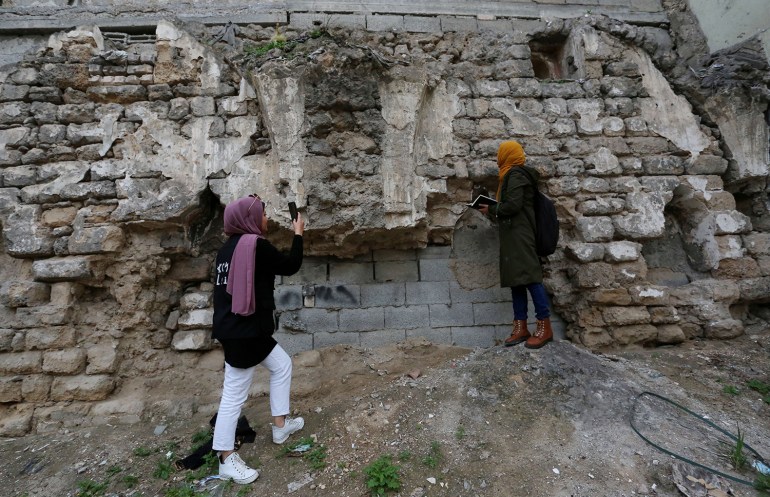Gaza’s first digital archive documents rich cultural history
Multi-dimensional platform launched in 2019 documents Gaza’s historical buildings and heritage sites in English and Arabic.
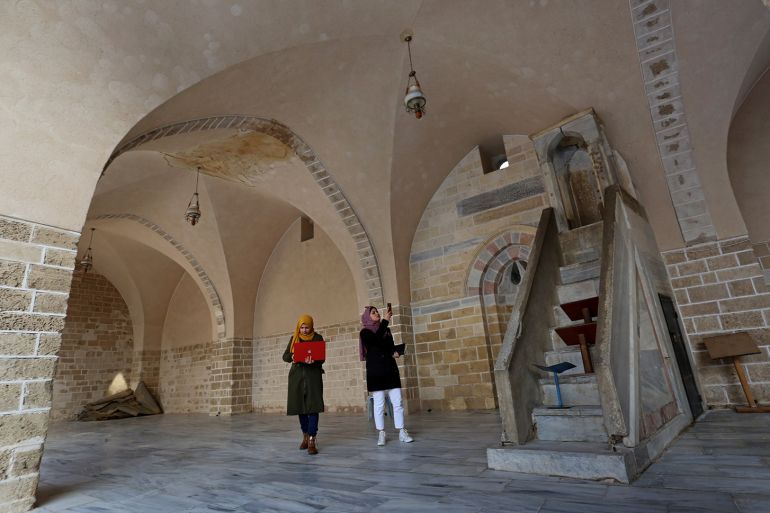
The Old City, Gaza Strip – With years of war, humanitarian crises and a continuing Israeli blockade, the Gaza Strip’s rich cultural heritage has largely gone unnoticed.
But a few years ago, Nisma al-Sallaq, a local architect and a passionate advocate for the Palestinian enclave’s cultural history, set out to change that.
Keep reading
list of 4 itemsIsrael blockade inflaming Gaza’s COVID-19 crisis: Report
‘Valuable treasure’: Gaza turns to quail as fishing goes belly up
Solar technology assists Gaza’s contaminated-water emergency
Along with a growing team, al-Sallaq, 27, set up Gaza’s first digital archive of historical buildings and heritage sites when she launched a multi-dimensional platform called Kanaan in 2019.
With a website, mobile application and Instagram page, the project provides visitors with information in text and video format in English and Arabic, and offers a virtual tour of Gaza’s centuries-old cultural history.
Named after the Canaanites who first settled Gaza thousands of years ago, Kanaan has so far documented 311 historical buildings and 76 archaeological sites on the Strip.
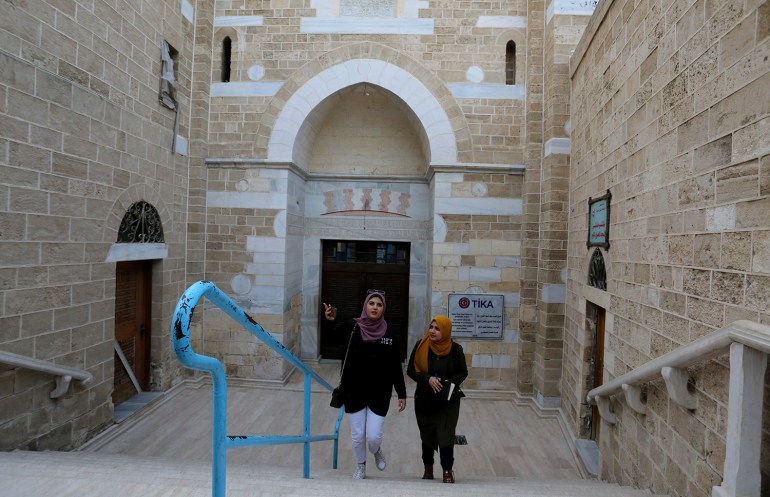
These include the Tel Umm Amer or Saint Hilarion Monastery, which dates back to the late Roman Empire and is considered an important Christian heritage site. The archive also documents the Al-Omari Mosque, a church built by the Byzantines, and transformed into a mosque by the Muslim Caliph Omar ibn al-Khattab.
“People think Gaza is just a humanitarian issue linked to wars and a 13-year Israeli blockade and many see nothing but painful scenes of killings and the Israeli siege topping news bulletins,” said al-Sallaq, who hopes the initiative can draw attention to a different side of Gaza.
“They don’t know that Gaza has archaeological treasures, both above and below the ground. Gaza is a gate connecting Asia and Africa. It has witnessed many historical developments through a series of civilisations,” she told Al Jazeera.
As one of the most ancient cities in the world, Gaza was ruled by the pharaohs, Greeks, Romans, and Byzantines before Muslims conquered it in 635. It became part of several Muslim empires including the Ottoman Empire from the sixteenth century until 1917.
The 1948 war that established Israel, transformed the Gaza Strip from a minor port and agricultural hinterland into one of the most overcrowded places on Earth.
An Israeli blockade imposed on the coastal enclave since Hamas took control in 2007, high unemployment rates and UN funding cuts have exacerbated conditions for Gaza’s nearly two million residents.
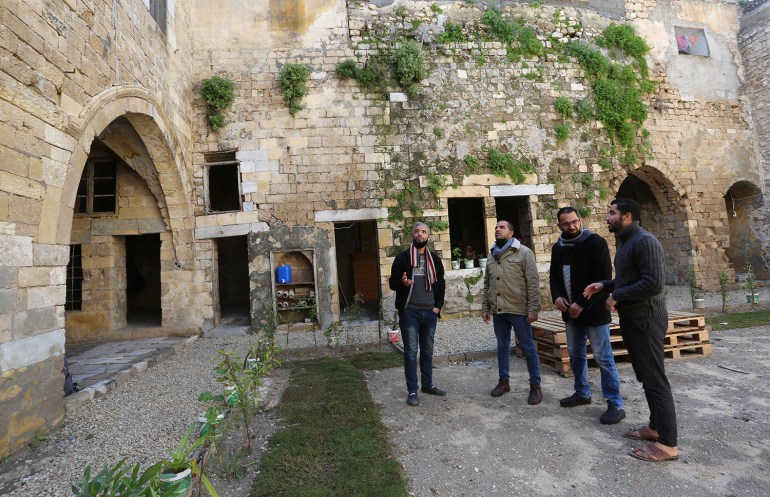
Division of labour
The core team behind Gaza’s new digital archive includes al-Sallaq and civil engineer Mayar Humaid. For the past seven years, they have committed their time and money towards the project.
“We started the project using our own funds in 2014, but after receiving a local prize in 2016 we expanded our work and team,” said al-Sallaq, referring to a $10,000 award granted by Swiss-based NGO Taawon Foundation.
A-Sallaq has since hired a group of photographers, graphic designers, IT experts and more civil engineers to set up the platform.
The team divides various tasks including researching, collating and documenting historical details, and filming and photographing each site for the archive.
With a website, mobile application and Instagram page to update, the team has its fair share of work to do.
“All the information we collect is uploaded onto the website with a photo, video and description of the historical site provided,” said Humaid, who is responsible for updating the Instagram page “Kanaan Ps”.
Despite the team’s efforts, the website remains under construction and the mobile application needs further updates.
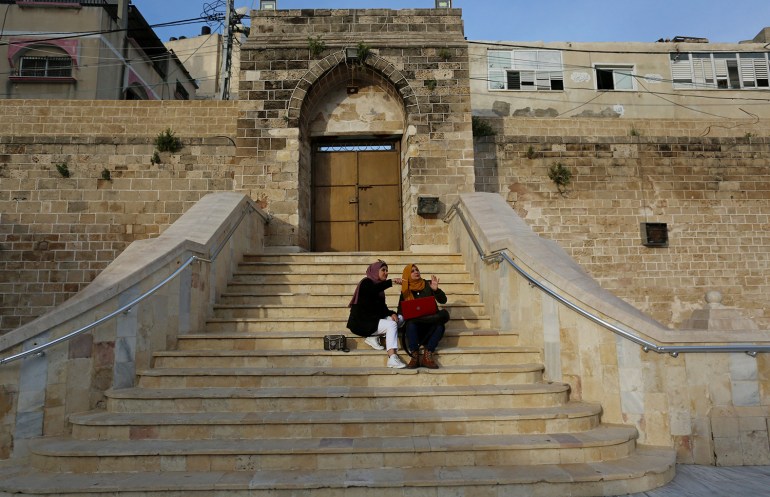
Overcoming challenges
While the team is proud of what it has achieved so far, al-Sallaq said it faced challenges every step of the way, especially when trying to access historic sites that fall within restricted areas.
“Although we have authorisation from the ministry of tourism to conduct our field visits in Gaza, we can’t reach areas along the border [with Israel] due to security reasons,” said Humaid.
“The border sites are located underground in areas Israel calls ‘the underground city’,” she said, referring to a network of tunnels that Israel alleges Palestinians have used to smuggle commercial goods into Gaza, as well as weapons to armed groups.
Initially, Kanaan only focused on documenting Gaza’s historic buildings and sites. In recent years, the project has moved towards artefacts as well.
But to do so, the team has needed a three-dimensional printer and camera, which according to al-Sallaq, Israel bans the import of because of restrictions on “dual-use” products – things that can allegedly be used for both civilian and military purposes.
Instead of giving up on the idea, however, al-Sallaq hired a mechatronics specialist to design a 3D printer for the project. “And he succeeded,” she said, explaining that Kanaan can now document smaller objects.
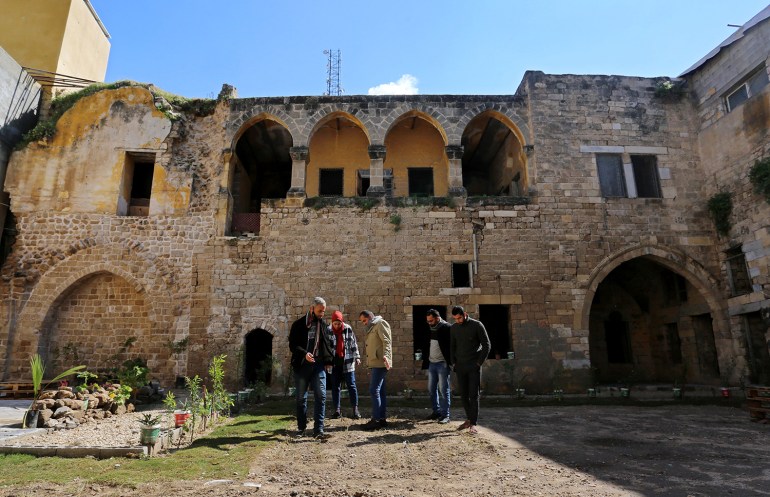
Growing interest
According to Humaid, the project has encouraged people to help protect and restore historical buildings and sites in Gaza.
“A group of artists were inspired by our work and started initiatives to rehabilitate some of the historical buildings we documented,” said Humaid.
Among them is the Al-Kamalia School, established in the heart of the Old City in 1237 to accommodate students of religious knowledge and poor members of the community.
Named after the Ayyubid sultan, Al-Kamil, the school is an important example of the influence that the Ayyubid dynasty – founded by Salahdin and that ruled parts of Egypt, Syria and Iraq during the late 12th and early 13th centuries – had over Gaza.
Bringing together a group of volunteer artists, Abdallah al-Ruzi, 38, helped restore the old school as part of an initiative called Mobaderoon.
“We knew Al-Kamalia School was an historic building, but with the help of Kanaan we were able to identify its exact name and historical significance,” al-Ruzi told Al Jazeera.
Ruzi said while Mobaderoon was keen on restoring other historic sites in Gaza, they were struggling with a lack of funds.
According to Jamal Abu Raida, director general of antiquities at Gaza’s ministry of tourism, the two initiatives have helped support the role of the ministry in restoring and documenting Gaza’s rich heritage.
“Both Kanaan and Mobaderoon compliment our role in raising awareness, locally and abroad, about Gaza’s historic sites,” he said, while complaining the ministry lacked the proper financial resources to do so.
Abu Raida said international funding for Gaza’s historical sites froze after Hamas came to power. He said donors have slowly started to show some support for the ministry’s work in more recent years.
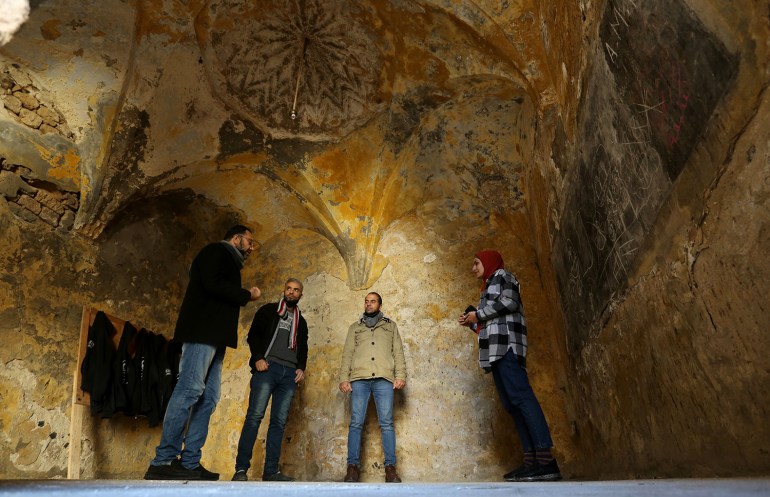
‘Much-needed’ platform
Khaled Safi, professor of history and civilisations at Al-Aqsa University in Gaza, said Kanaan was a much-needed platform.
“Gaza is in need of these kinds of initiatives, especially due to the lack of government consideration for this cultural heritage,” said Safi.
“Gaza heritage needs more than a digital archive and virtual access. The existing archaeological sites need actual protection,” he added. “For decades, we have not seen any government protection nor restoration for archaeological sites and buildings in Gaza.
“I’ve personally witnessed the destruction of some due to lack of awareness,” he said, explaining some were removed as part of construction plans for new commercial buildings.
Still, the past few years have witnessed a growing movement led by a number of history and archaeology professors at Gaza’s universities to protect the enclave’s heritage.
Together with social media activists, the movement has tried to put an end to bulldozing and digging operations around historic areas, including the historic Tel Al-Sakan, which has seen large parts destroyed in recent years.
Despite the challenges, the team behind Kanaan plans to expand the project further, reaching beyond Gaza in to other parts of Palestine.
“Expanding the digital archive to include archaeological and historic sites across cities in the occupied West Bank is the team’s next milestones,” said Humaid.
“We aim to make Kanaan the first digital archive for historical buildings and sites across the whole of Palestine,” she added.
